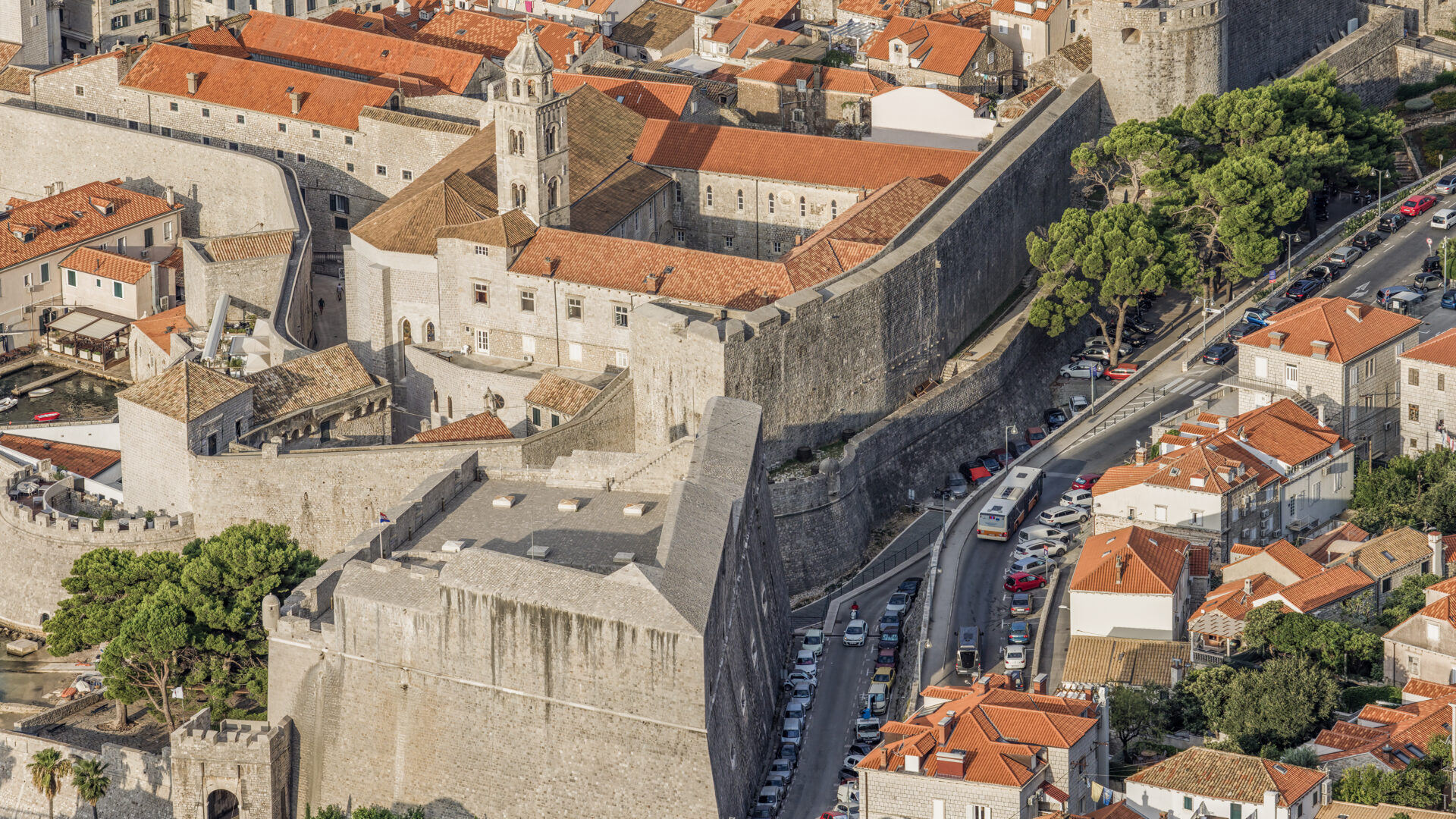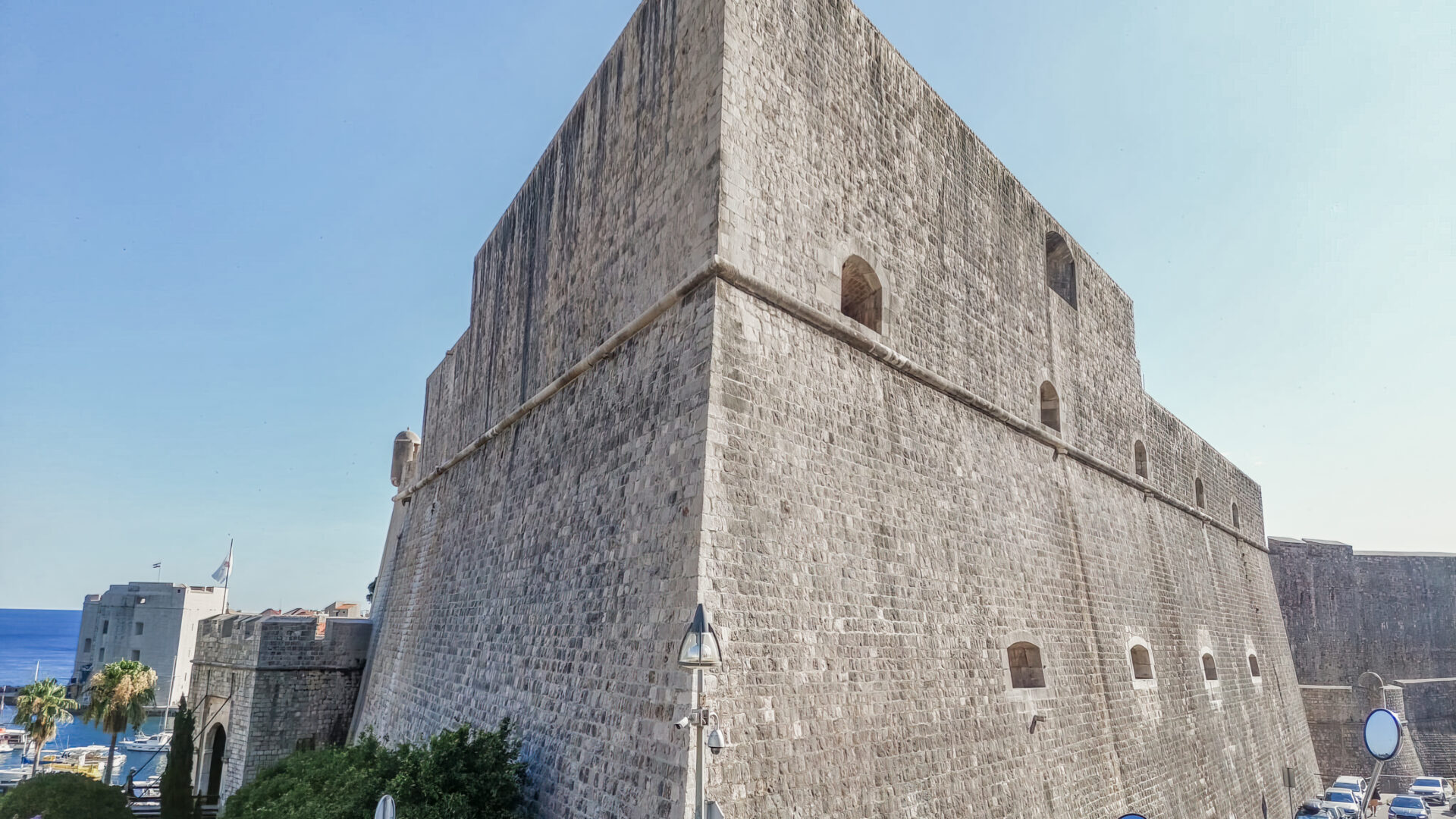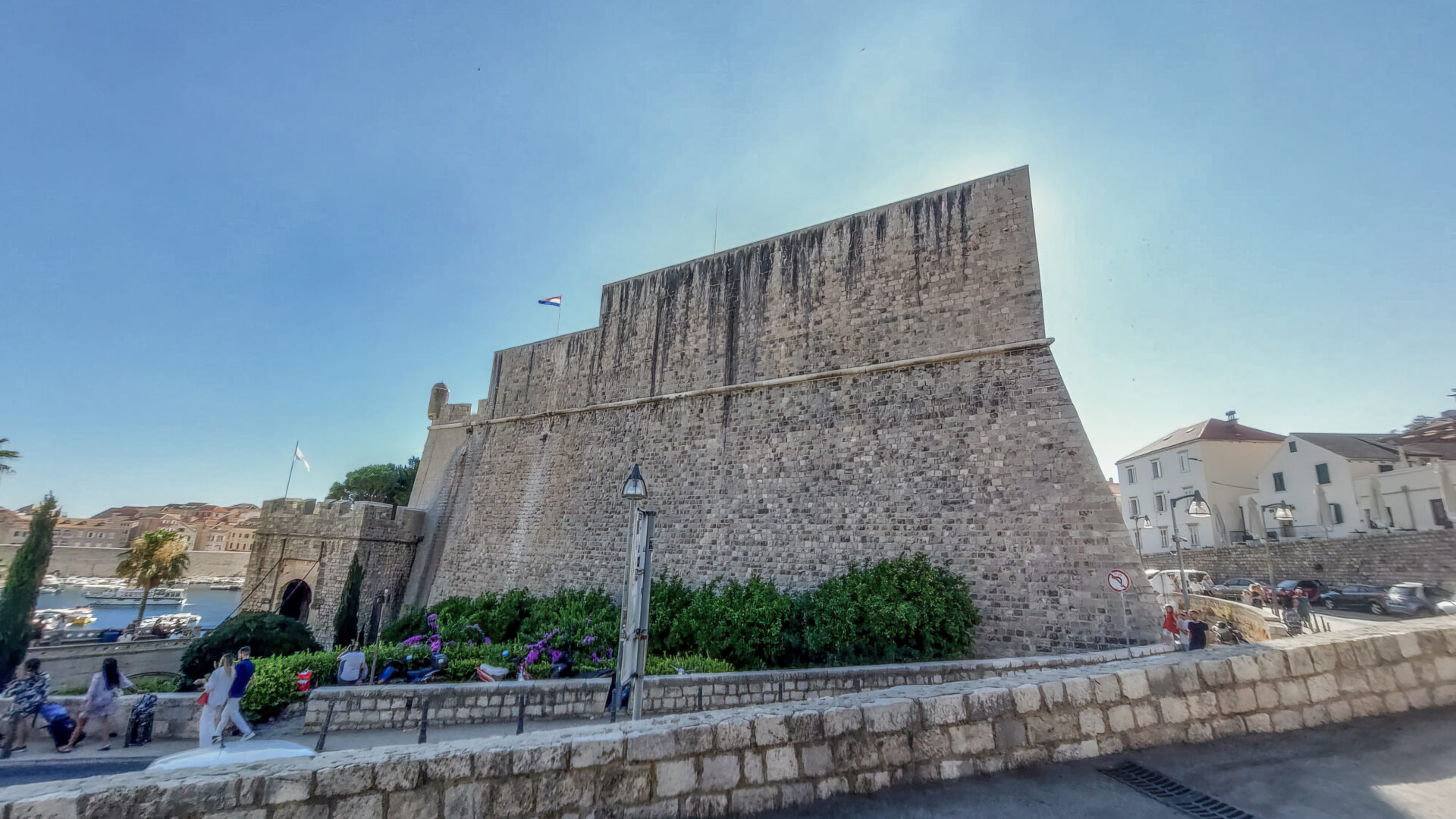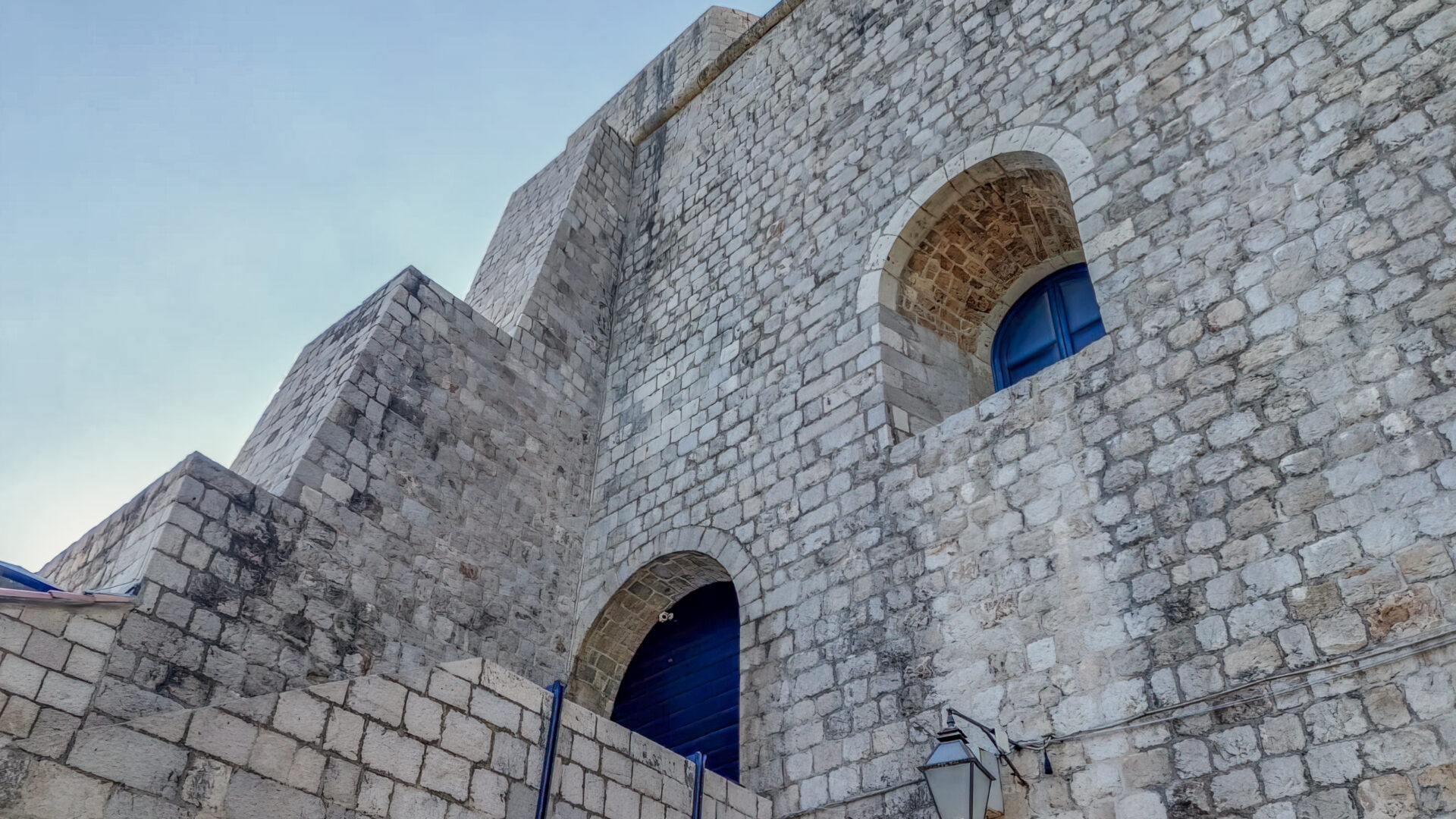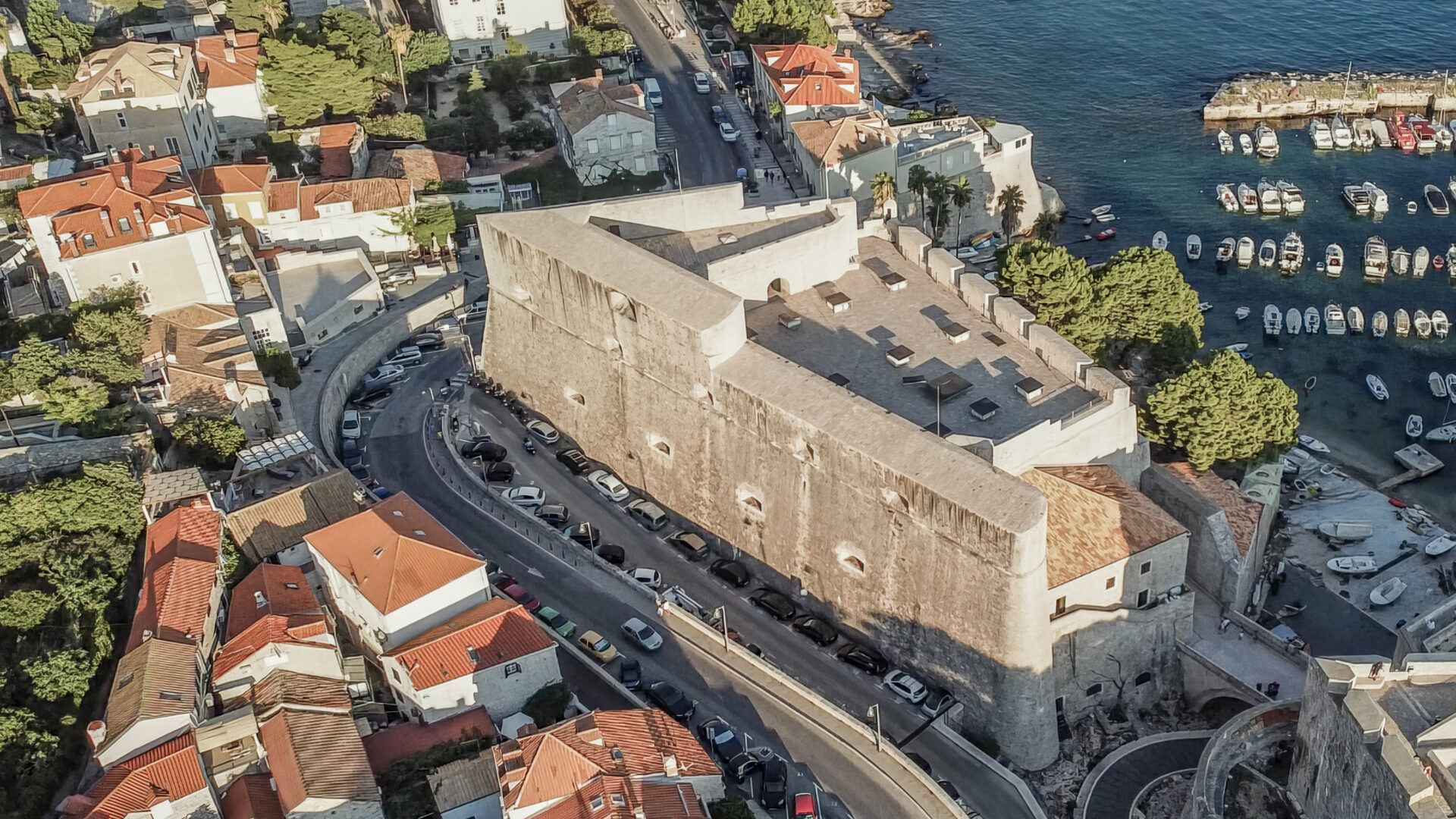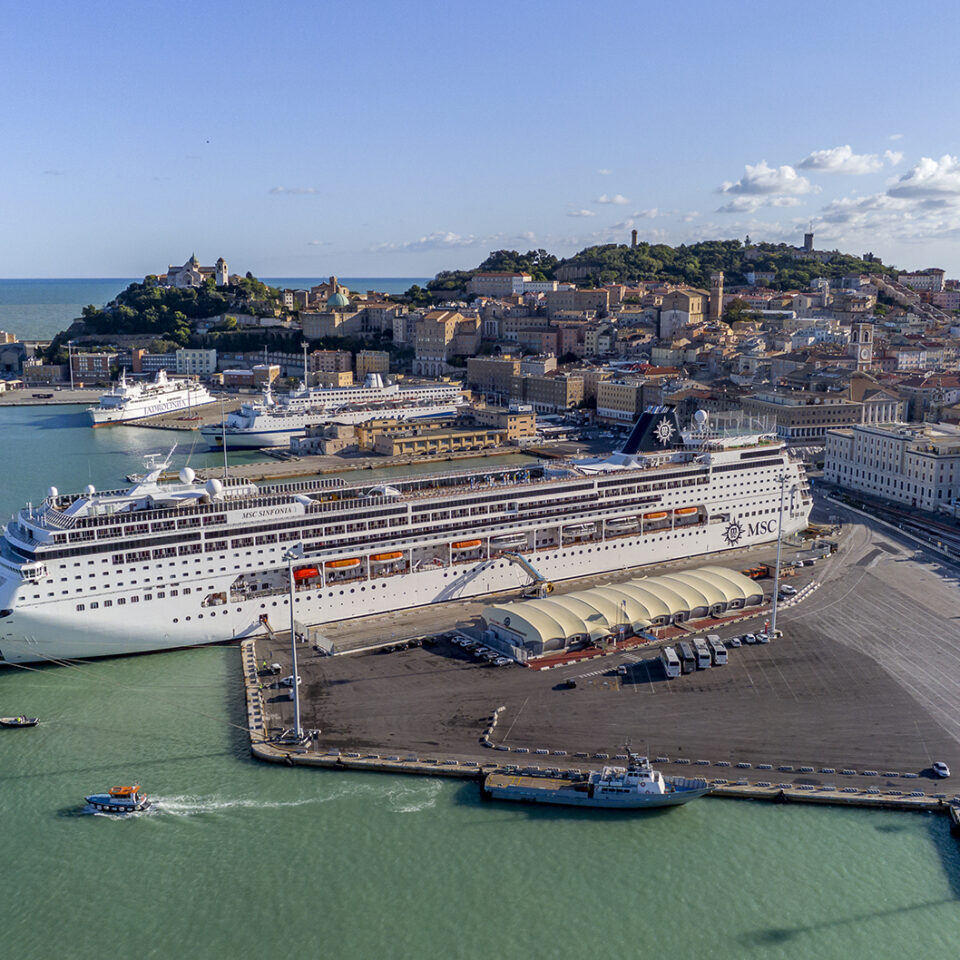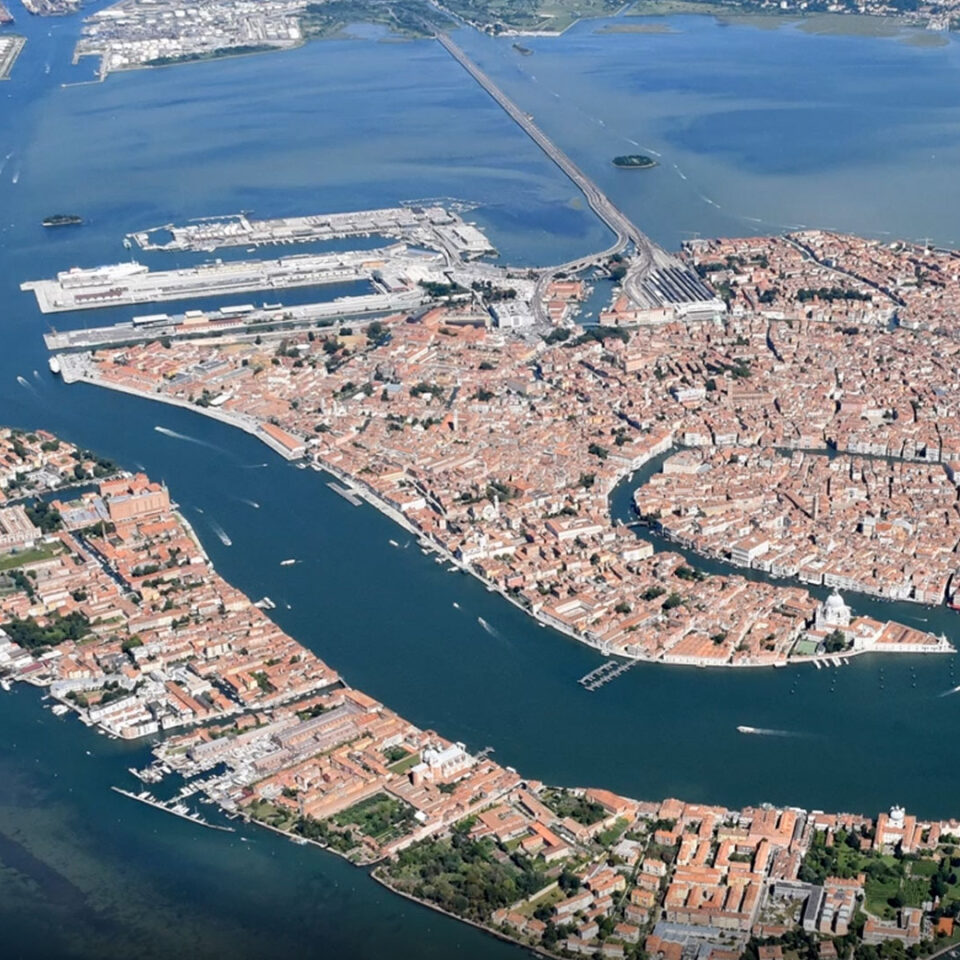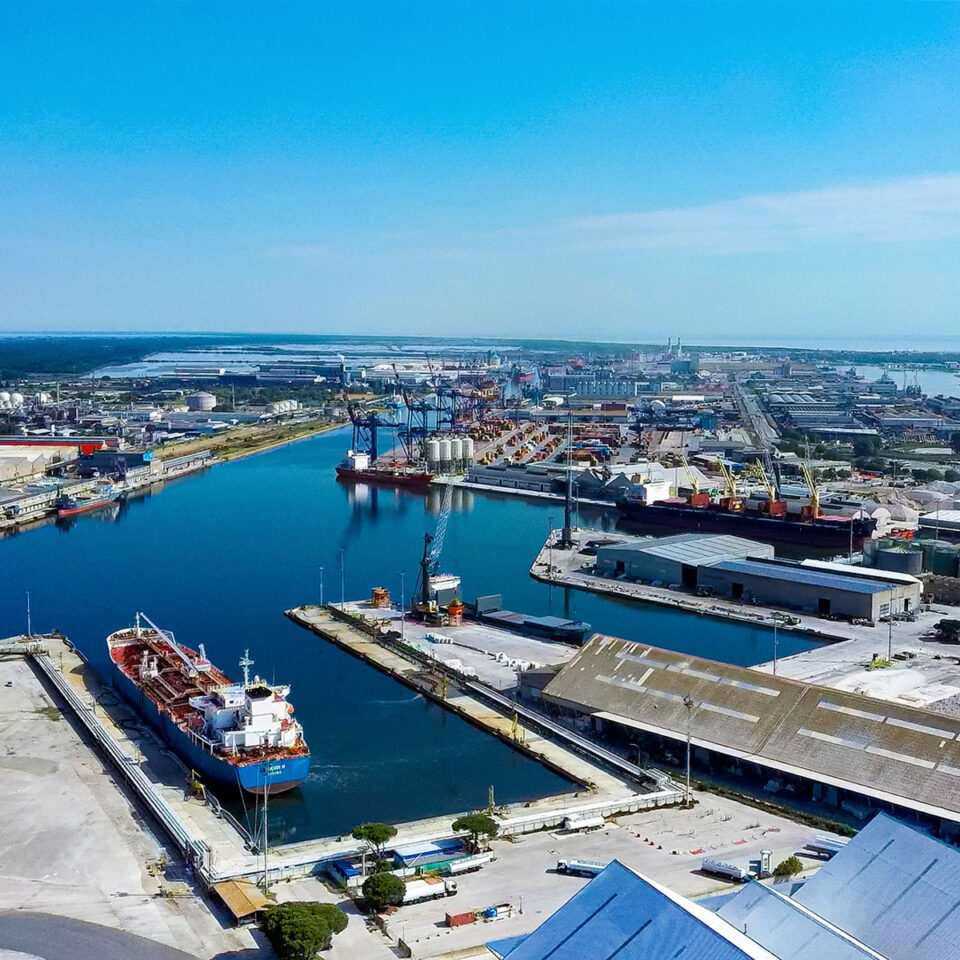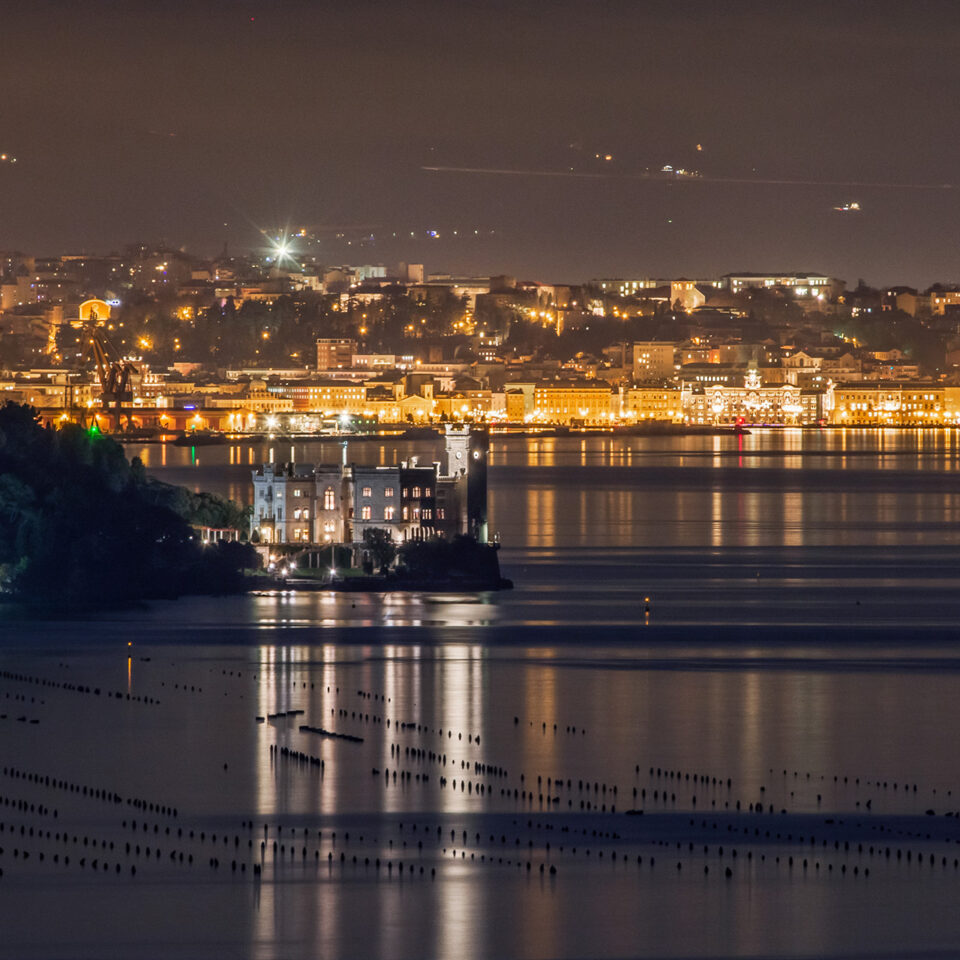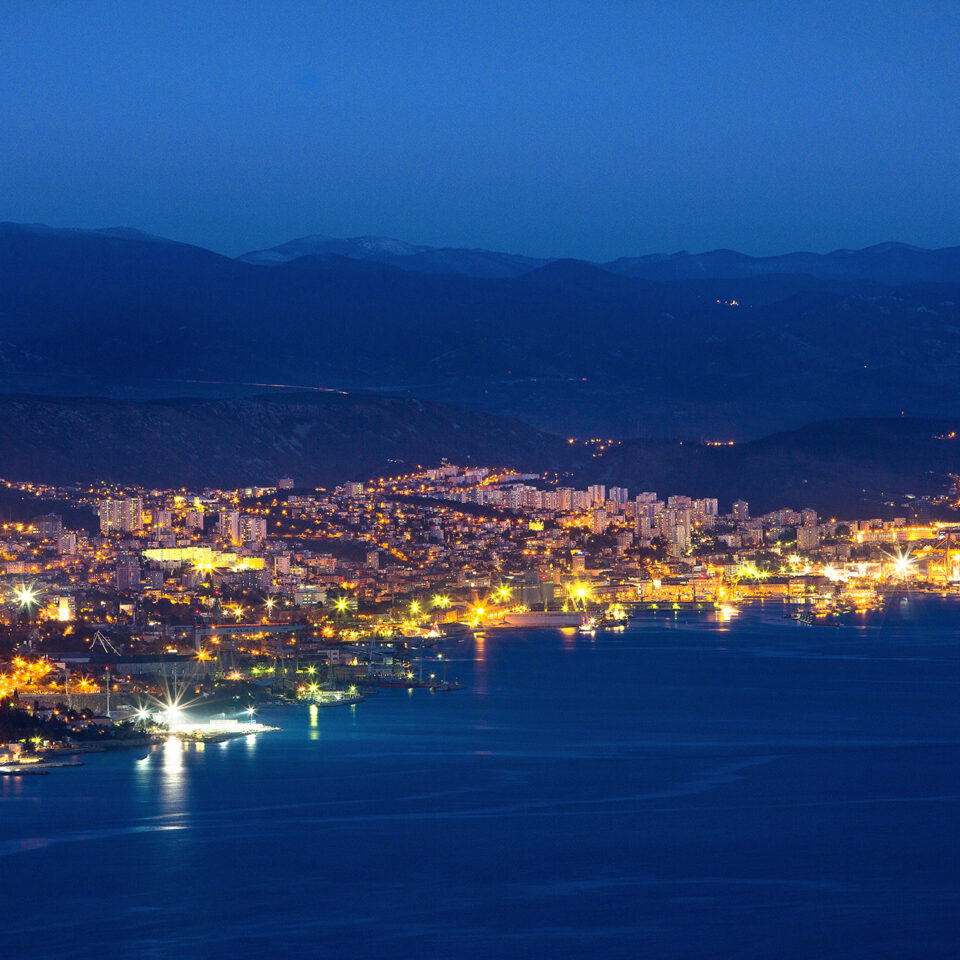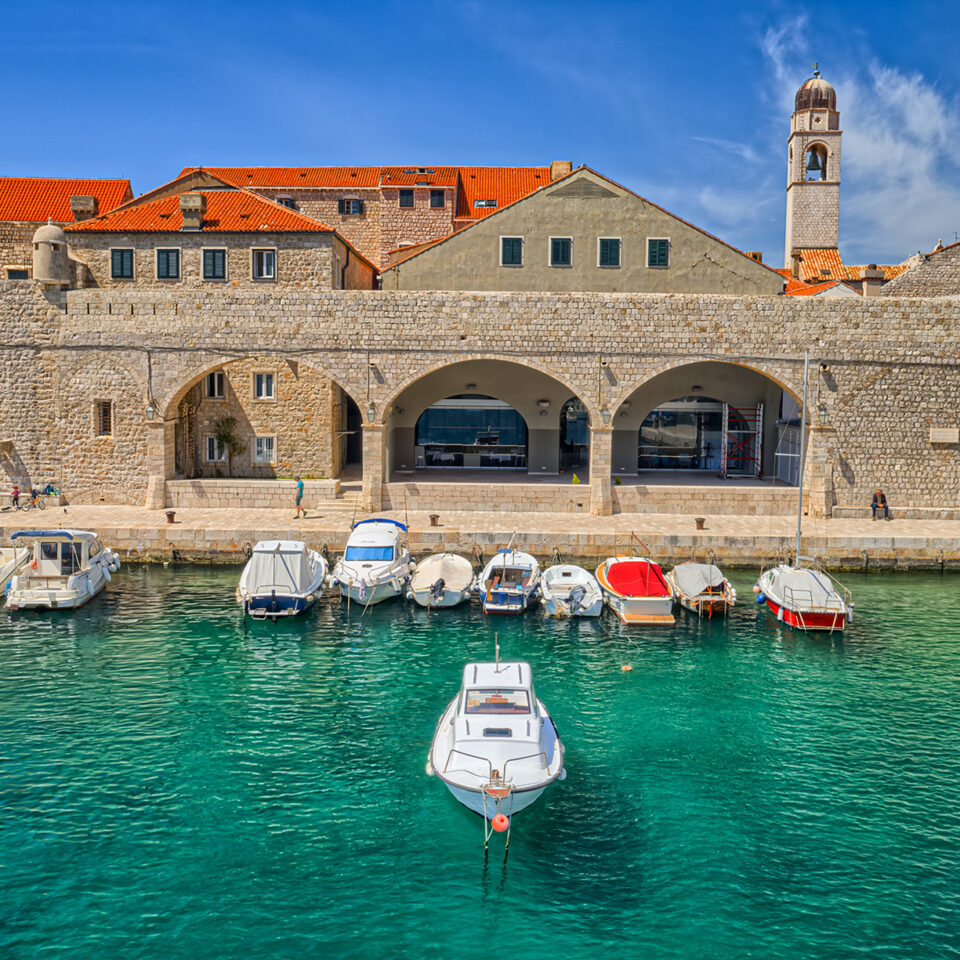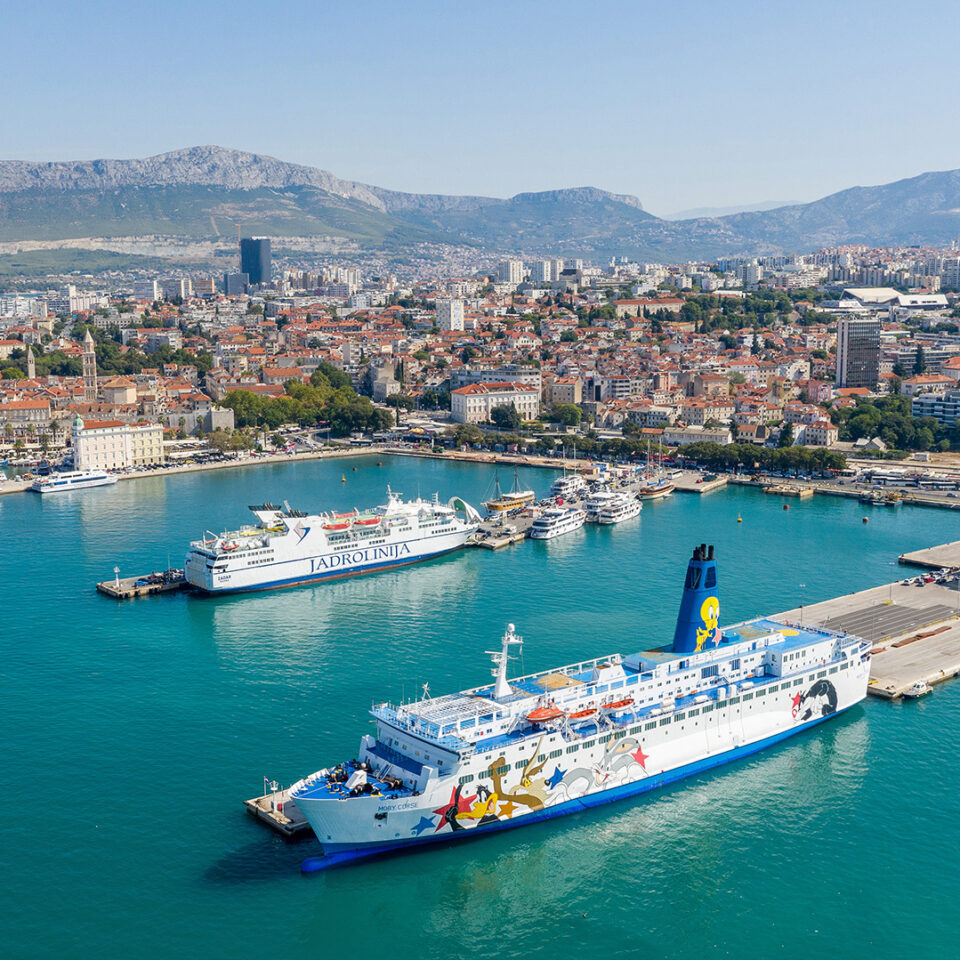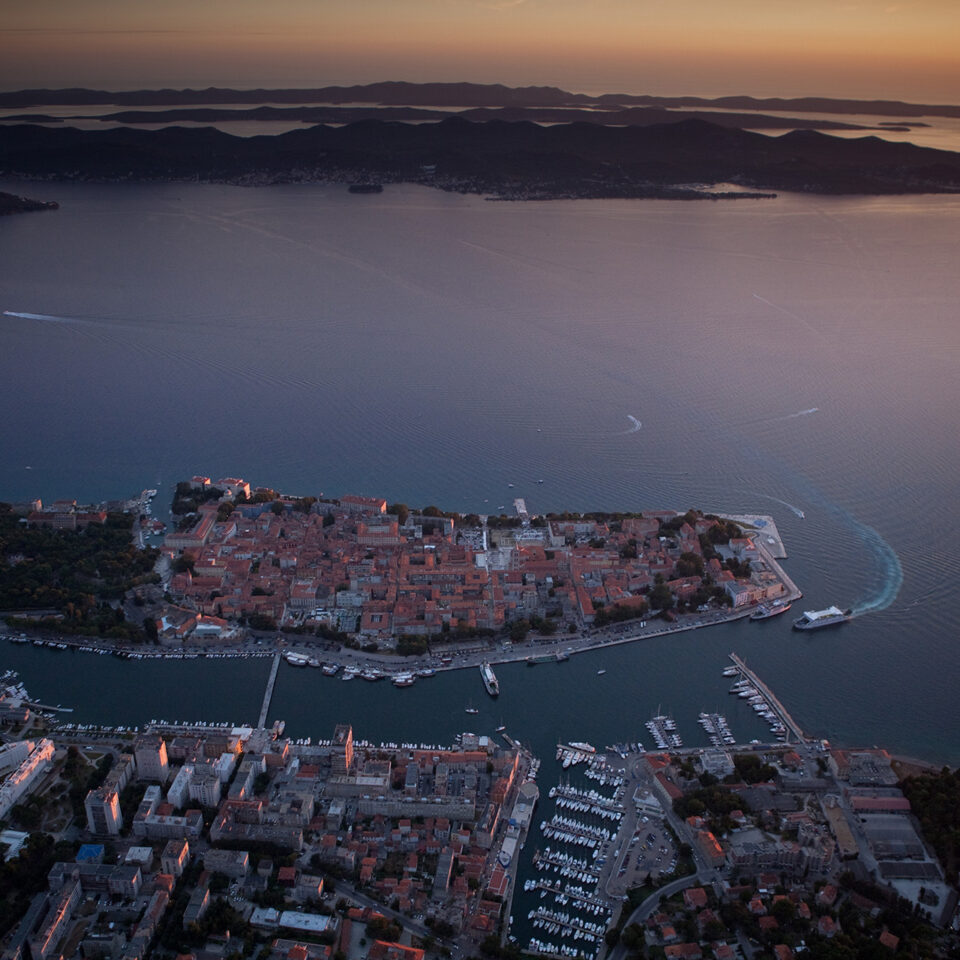

REVELIN FORTRESS
The Revelin Fortress was the main pillar of defense for the northern part of the harbor. This impressive outwork, located at the eastern entrance to the city, played an exceptional fortification and strategic role. It was named after the “revelin” type of fortress-outworks, which emerged during the Renaissance period, designed to defend the city’s weakest point or specific city gates. Such fortifications were not architecturally connected to the main city walls and they were used to defend against fire-based weapons. The construction of the first Revelin, at the gate of Ploče, began in the mid-15th century. On the plateau of the outwork, there were cannon and bell foundries by the famous master Ivan Rabljanin, and residential units, while the main road to the eastern city gate passed through the area.
In the next development phase of this eastern access to the city, bridges were built in this area, the Tower of Ploče was constructed, and the city moat was extended to the east, surrounding the newly built Revelin. The construction of the present fortification, according to the design and model of Antonio Ferramolino, an Italian engineer from Bergamo, began in 1539 and was completed in 1551. On the southern side of the fort there was a spacious square whose role was to defend the harbor, and on the top of it a small building for housing guards and storing artillery weapons was built. During the 17th and 18th centuries, minor construction works were carried out on the facility. During this period, the Slanica – a salt storage building was attached to the western façade.
During the great devastating earthquake in 1667, the fortress didn’t suffer significant damages and it temporarily housed the state treasury and the treasury of the Cathedral. At that time, government sessions of the Republic of Dubrovnik were also held within its walls. In the 19th century, during the Austrian administration, the fortress was devastated. The interior of the fortress was divided and new facilities were constructed on the Arms Square (Trg oružja), which were used for military purposes. The aforementioned constructions and adaptations disrupted the monumental nature of the fortress itself and were removed in the second half of the 20th century.
In the earthquake that struck Dubrovnik area in 1979, the Revelin fortress suffered significant damages, followed by the restoration and reconstruction of this monumentally valuable structure were carried out. Today, the fortress is used for musical and theatrical performances, hospitality services and museum and exhibition related activities.

